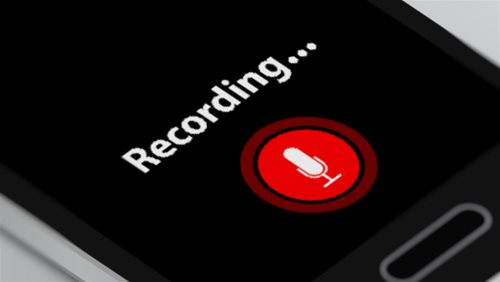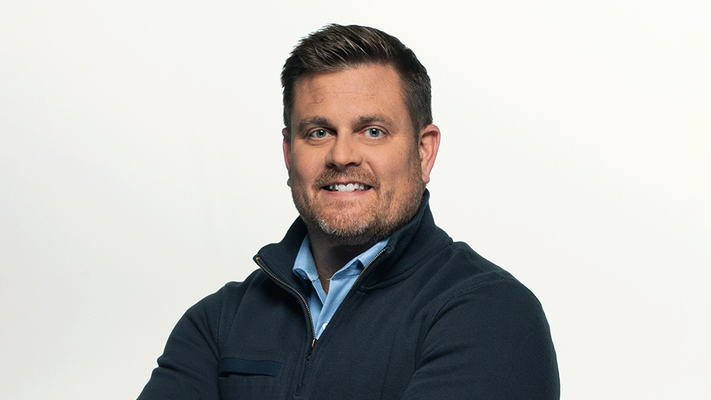
A recent Dartmouth Institute study found that nearly 1 in 5 patients have recorded a clinical visit, and more than 3 in 5 are interested in doing so in the future. Fewer than 1 in 20 patients reported recording clinical visits without physician permission, but nearly 1 in 10 said they would consider doing so in the future.
While some doctors embrace this trend, most doctors and healthcare clinics have expressed concern about the ownership of recordings and their potential to be used in complaints or lawsuits. Twenty-eight percent reported making recordings of visits for their patients as studies show that access to recordings can improve patient satisfaction and increase understanding of medical information.
The laws regarding patient recordings are complex and every state has different laws. The primary distinction between state laws is whether all parties must consent to the recording or just one party consent is required. In “all-party” jurisdictions, covert recordings, on the part of doctors or patients are illegal, as all parties being recorded must consent. In “one-party” jurisdictions, the consent of any one party (the doctor or the patient) is sufficient to legally record.
The Health Insurance Portability and Accountability Act (HIPAA) Privacy Rule covers any audio or video recordings made by the healthcare practitioner, health plan, or health clearinghouse. It sets limits and conditions on the uses and disclosures that may be made of such information without patient authorization. However, HIPAA does not extend to recordings made by the patient. Thus, in single-party jurisdictions, the patient can distribute recordings as he or she pleases.
While patients are free to share consensual recordings of their sessions with whomever they choose, most people are sharing them with a family member, caregiver, or listening to it themselves to recall the information better.
The Dartmouth Institute study established that of the 49 health systems they surveyed, only two had a policy on requests of audio or video recordings. None had policies or guidance for doctors or patients on the practice of sharing recordings.
With an increasing number of patients seeking to record their clinical visits, it would be beneficial to patient advocacy groups, healthcare organizations, providers, and policymakers to collaborate and develop clear guidelines and policies around the responsible and positive use of recordings for sharing or using as part of a complaint.







 © 2025 Mashup Media, LLC, a Formedics Property. All Rights Reserved.
© 2025 Mashup Media, LLC, a Formedics Property. All Rights Reserved.